14th – 15th July 2011. Written by Xin Li
Amsterdam, The Netherlands.
DE OUDE KERK
Watching over the Red Light District of the Amsterdam, the Old Church was originally a Roman Catholic Church constructed in the 13th century and dedicated to St.Nicolas, the patron of sailors. The current structure dates back to the mid-16th century after being rebuilt several times.
During the mid-16th century, the church was converted to a Protestant church following the rebellion of the Dutch against the Spanish in what was known as the Eighty Years War that saw a victorious Dutch gaining independence from Spain.
The "Alteration" came down hard on the Oude Kerk as its interiors were thoroughly demolished by mobs as rich fixtures or artworks were seen as excessive. The church remained a Reformed Protestant Church till today.
One of the Oude Kerk’s most famous features is the huge baroque organ which was built between 1724-1726 by a German Christian Vater from Hannover. The 54 oak pipes were all gold plated.
The granite floor of the Oude Kerk is actually gravestones and you could look up the positions of who was being buried at which part of the church with one of their information terminals. You could try looking for Rembrandt’s beloved wife, Madam Saskia van Uylenberg.
The Oude Kerk is just a short walk from the Central Station and Dam Square. It opens from 11 am to 5 pm from Monday to Saturday and 1 pm till 5 pm on Sundays. You could visit the tower during the weekends from 1 – 5 am (5 EUR). Sometimes, the church is used for exhibitions and could incur a higher cost.
Admission: 5 EUR for adults, 4 EUR for youth card holders/students, Free for I Amsterdam Card. More info here.
NIEUWE KERK
Located just next to the famed Dam Square is the Nieuwe Kerk, the New Church. The church dates back to the late 14th and early 15th centuries and was built due to the shortage of churches in Amsterdam. As if it was a divine miracle, the church managed to escape relatively unscathed from the great fires of 1421 and 1452 of Amsterdam.
Unfortunately, like some twisted Final Destination story, the church was eventually reduced to ashes in the 17th century by fire. Hence, the current church building dates back to the mid 17th century when it was rebuilt in Gothic style after the fire.
The church grounds serves as the burial site for several Dutch naval heroes such as Admiral Michiel de Ruyter and Jan van Speyk. It is also used for royal ceremonies by the Dutch Royal Family such as the inauguration of Queen Beatrix in 1980 and the wedding of Willem-Alexander, Prince of Orange to princess Maxima in 2002.
Compared to the Oude Kerk, the interiors of the Nieuwe Kerk is more elaborate and ornate. It is also the home to some really grand looking organs. Unsurprisingly, the Nieuwe Kerk organizes organ concerts regularly on top of occasional exhibitions.
The Nieuwe Kerk opens daily from 10 am to 5 pm and cost 8 EUR per admission. It is free for I Amsterdam Card holders. The Nieue Kerk can be reached by tram 1,2,4,5,9,16,24 and 25 from Amsterdam Centraal Station. More info here.
AMSTELKRING MUSEUM (OUR LORD IN THE ATTIC CHAPEL)
Following the “Alteration” of 1578, Catholic Mass was outlawed in Amsterdam when the city was transferred into Protestant hands. As such, Roman Catholic worship was done privately and in secret.
Hence in 1661, a stately canal house and two houses behind it were acquired by wealthy Catholic merchant, Jan Hartman. The Catholic chapel in his new property became the hidden church (referred as “the Hart” for Roman Catholics for more than 200 years.
The hidden church, designed in Dutch classicist style occupies the upper floor of the canal house and was dedicated to St.Nicholas, taking over the patronage of Oude Kerk after it was converted into a Reform Protestant church after the Alteration.
When St.Niklaaskerk near Amsterdam Centraal Station was dedicated to St. Nicolas (taking over the role of the Hidden Church) I n1887, Roman Catholics pooled in to preserve the Our Lord in the Attic chapel that has served them for at last two centuries, thus saving it from demolition.
Despite the authorities’ knowledge of the hidden church, the authorities turned a blind eye.
Other than the church, one can also visit the private house of Jan Hartman. Its drawing room was designed by the owner himself to receive guests. As such, stately furnishings and artworks were carefully chosen to decorate its interiors to impress visitors.
The Our Lord in the Attic Chapel is a short walk from both Amsterdam Centraal Station and the Oude Kerk. It opens from 1000 to 1700 from Mondays to Saturdays and 1300 – 1700 on Sundays. Admission cost 6 EUR. More information here.
Subscribe to:
Post Comments (Atom)

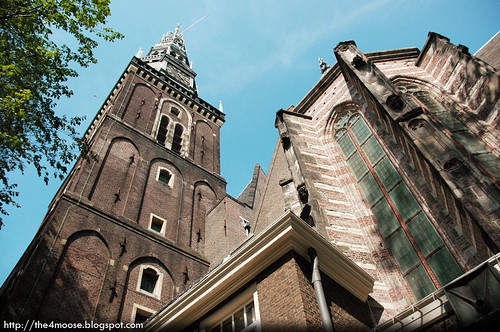
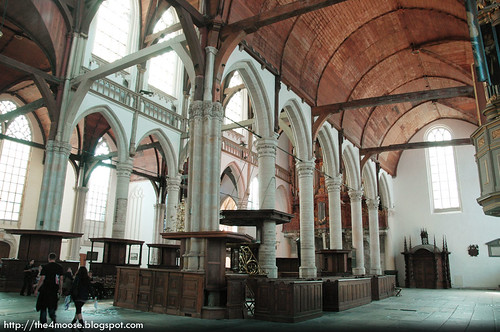
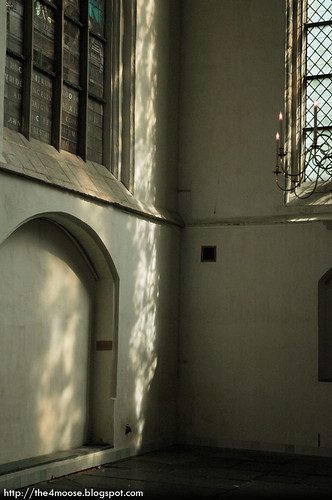
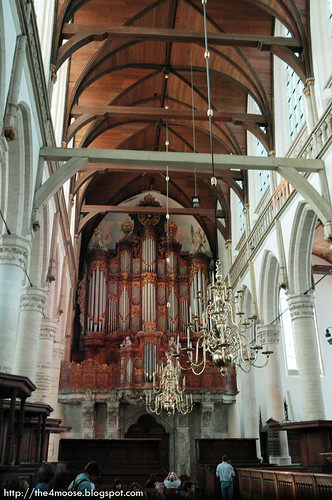
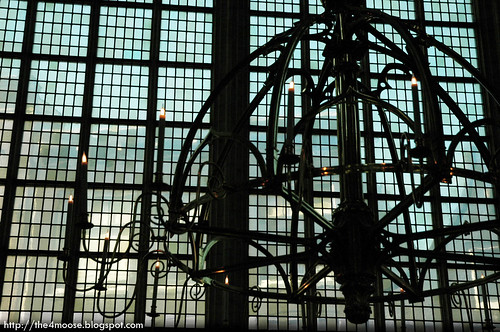
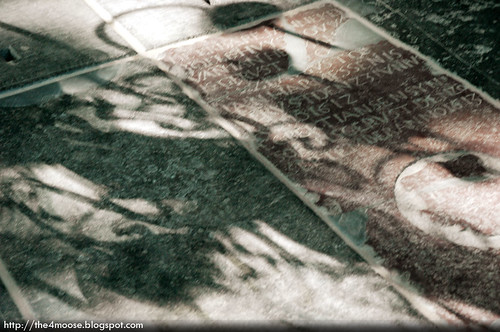
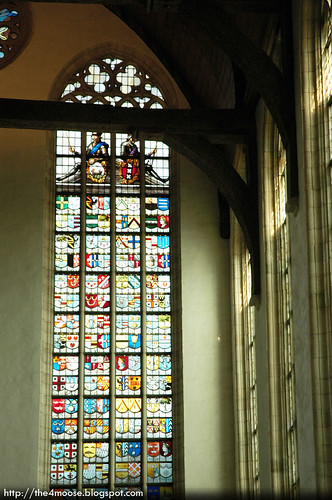
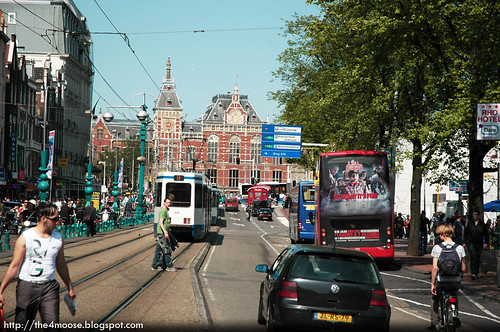
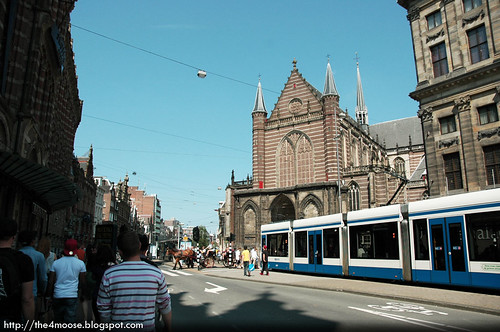
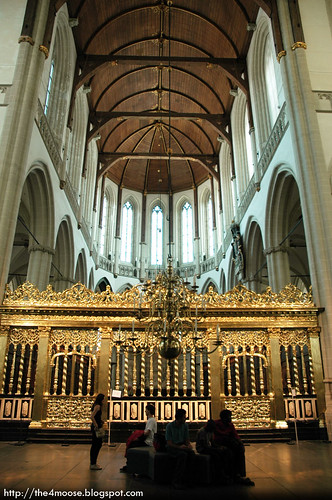
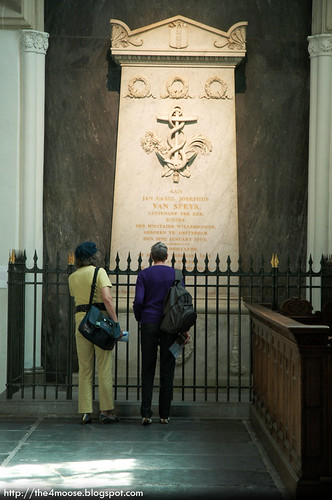
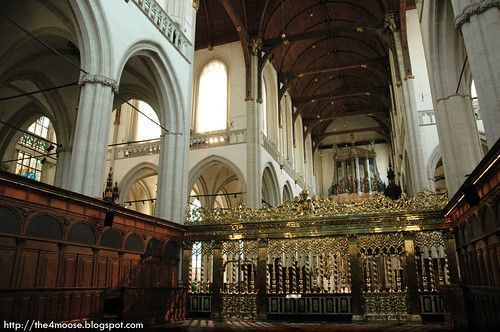
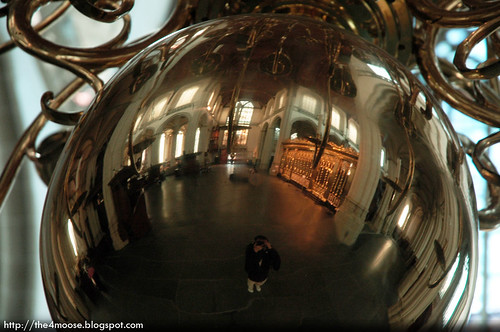
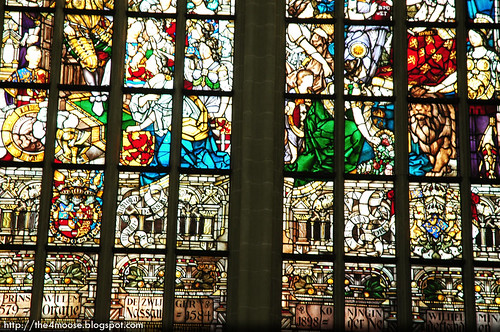
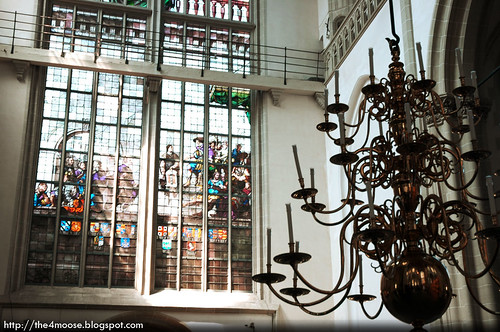
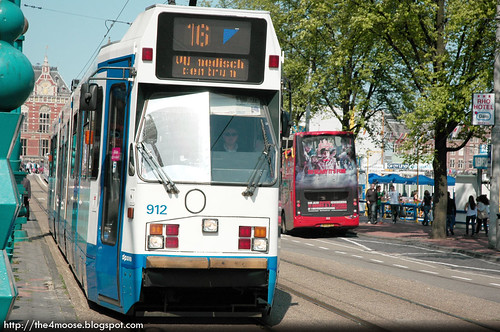


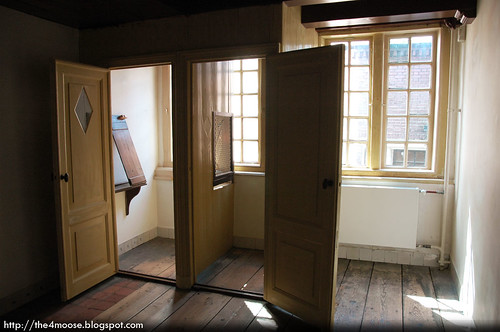
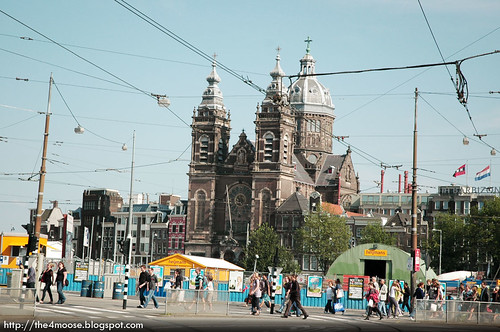
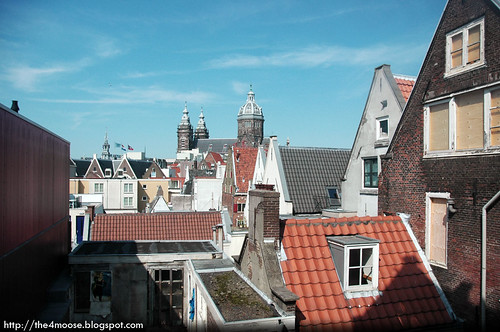
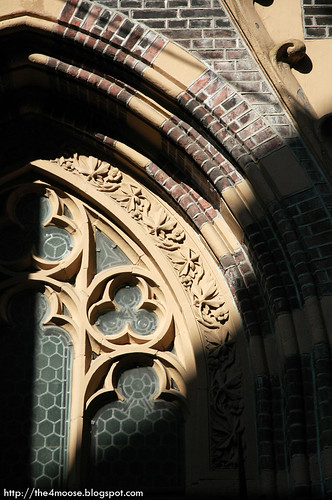














0 comments:
Post a Comment
Note: Only a member of this blog may post a comment.